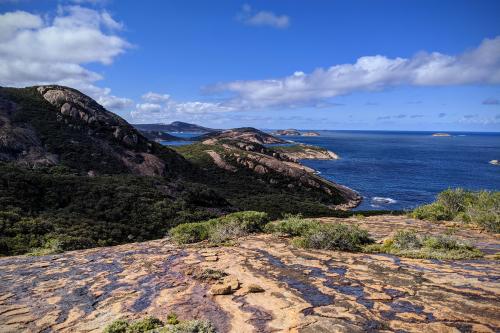About this place
Captain Matthew Flinders named Thistle Cove in 1802 after the ship’s master John Thistle. Exploring the southern coast in HMS Investigator, Flinders was pleased when Thistle discovered a source of freshwater here. Low-lying areas on the coastal plain are dotted with small freshwater wetlands which support a distinctive community of plants and animals. These freshwater sources were also important to Aboriginal people who camped here during seasonal journeys to and from the coast.
Natural features near Thistle Cove are connected to Mandooboornup (Frenchman Peak) in an Aboriginal Dreaming story. Enjoy a picnic (table provided) and explore marvellously sculpted rock formations that capture the sounds of the wind and waves.
Safety information
Plan when to visit. Consider travelling with a personal location beacon (PLB). In the event you need to be rescued it could save your life!
The Department of Biodiversity, Conservation and Attractions undertakes 1080 baiting at this location to reduce the impacts of feral cats and foxes on native wildlife.
Meat baits containing 1080 poison are laid in or around this area on an ongoing basis. 1080 is poisonous to humans and will kill domestic cats and dogs. Pets are not permitted in this park.
For further information contact your local Parks and Wildlife Service office or visit Western Shield.
Gallery
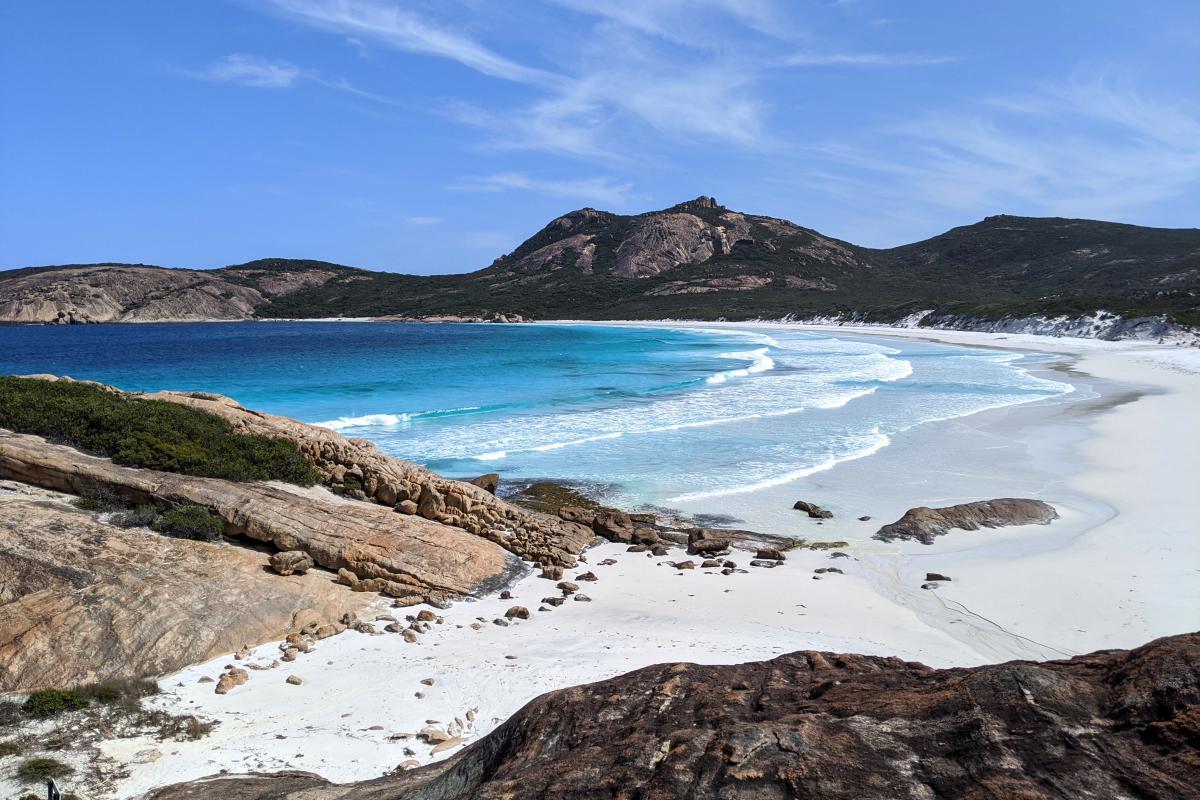
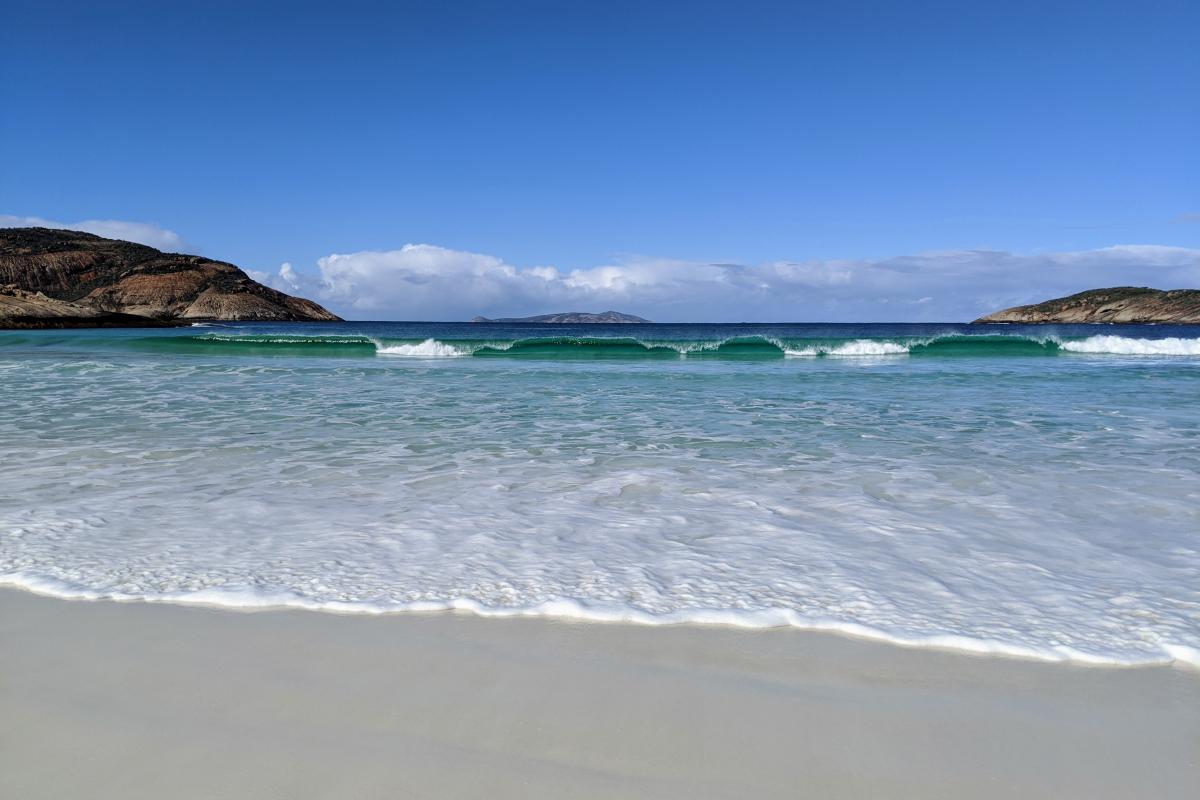
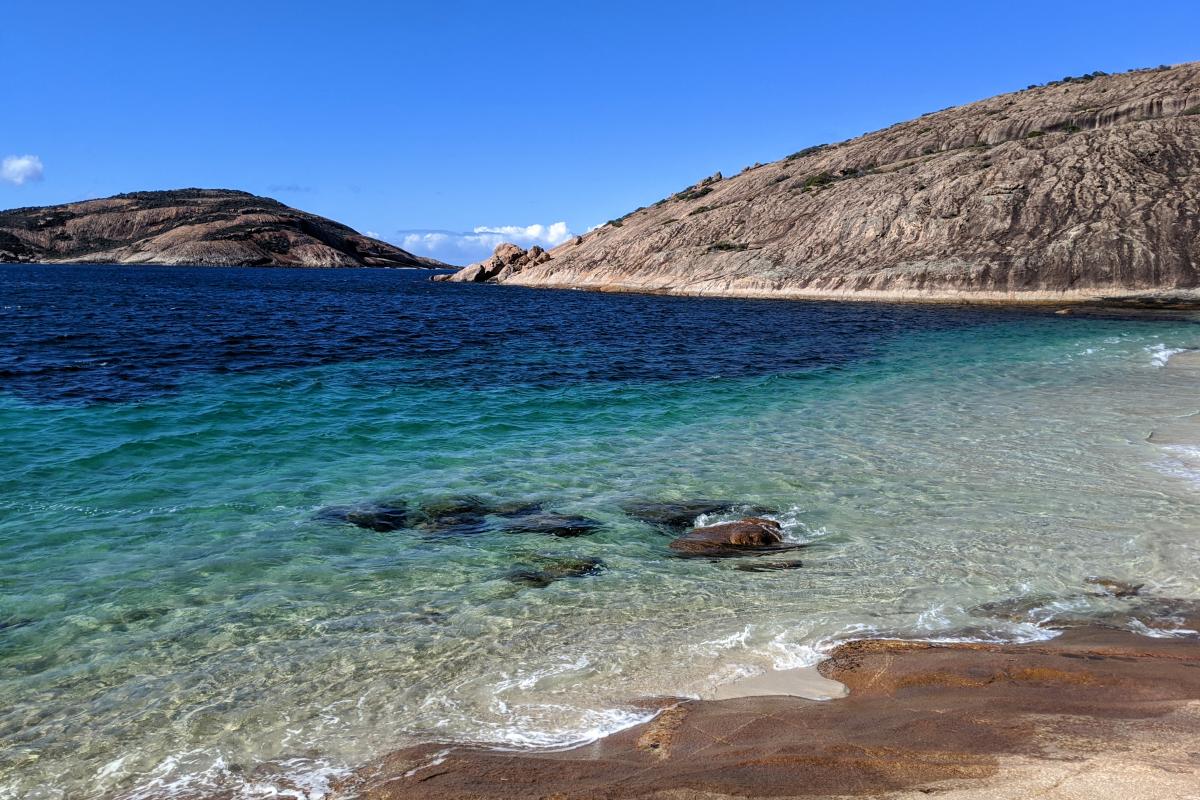
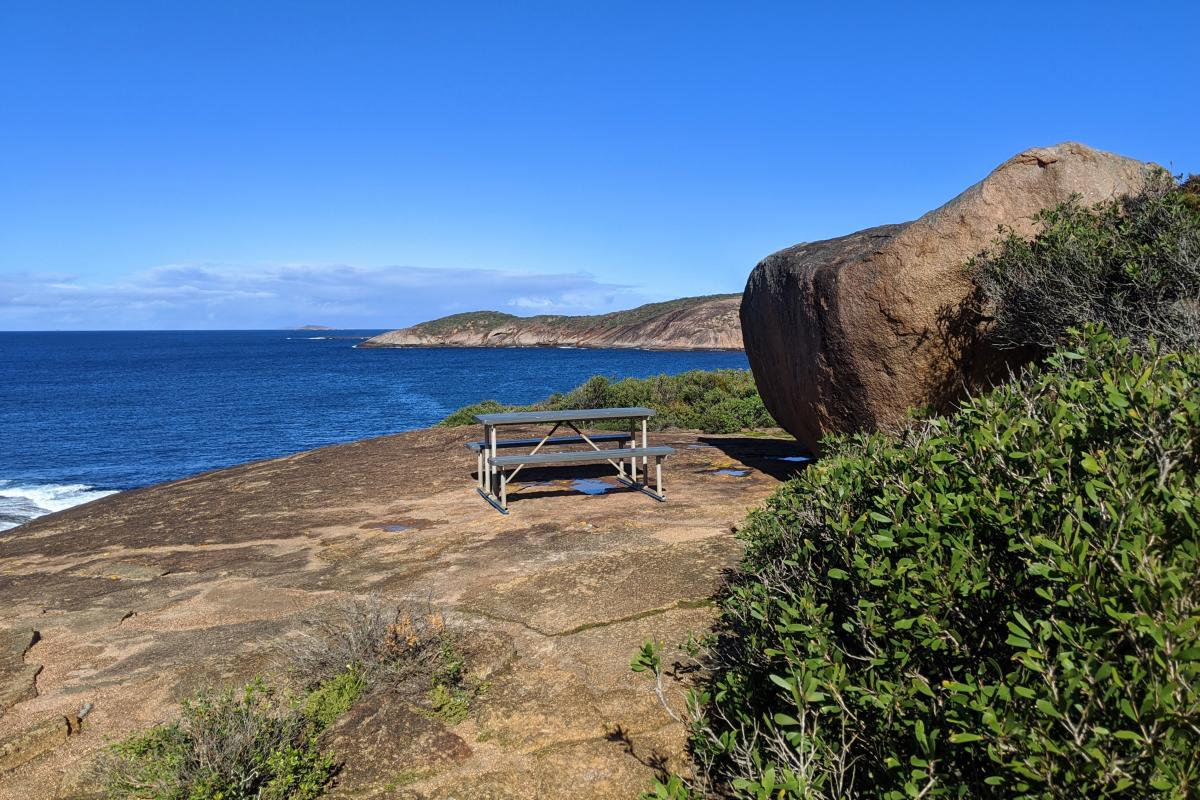

Make the Esperance Promise
While travelling in and around Esperance, make a promise to embrace the elements of this land and ensure your visit is sustainable and respectful. Make the Esperance Promise.
Please note, campfires are not permitted at any of the campgrounds in national parks.
Facilities
Picnic table
Activities
 Bushwalking
Bushwalking
 Fishing
Fishing
 Scuba diving
Scuba diving
 Snorkelling
Snorkelling
 Surfing
Surfing
 Swimming
Swimming
Plants, wildlife and fungi
Visit the Atlas of Living Australia for a list of species recorded within a 5km radius of Thistle Cove.
Traditional Owners
We recognise and acknowledge Wudjari people as the Traditional Owners of Cape Le Grand National Park.
